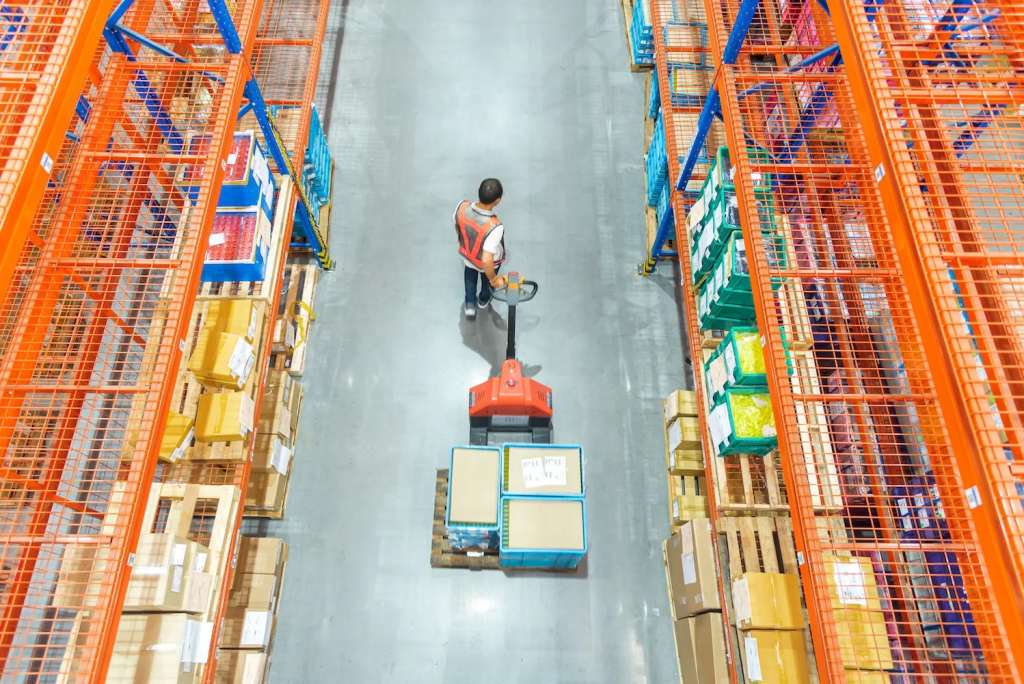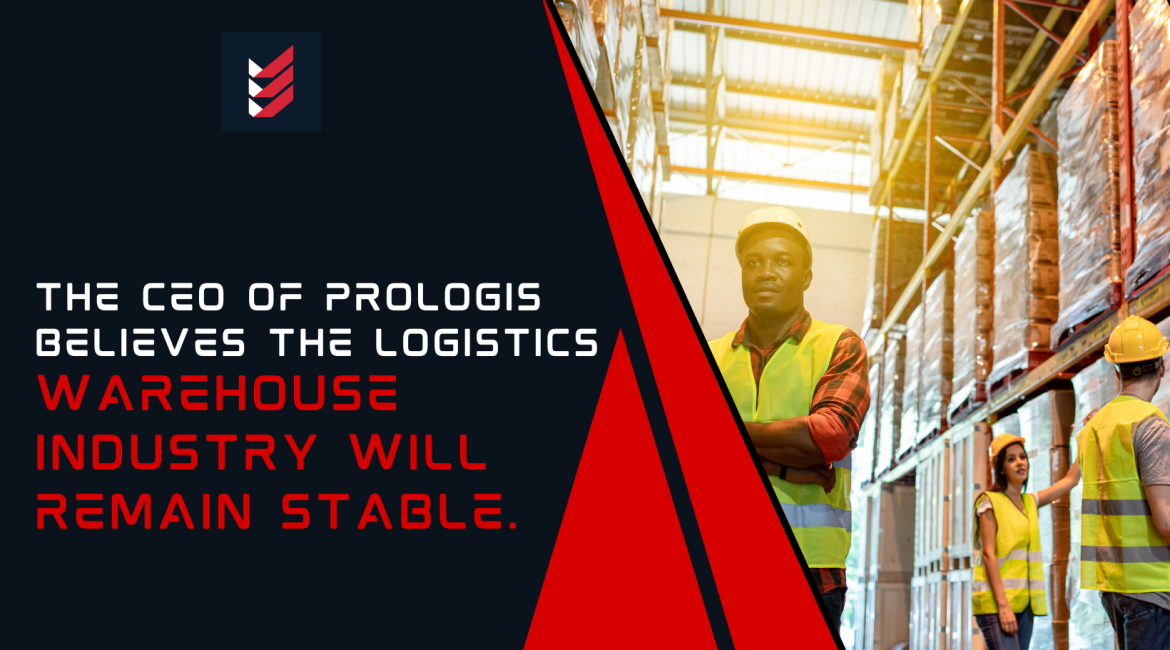The CEO of Prologis believes
Prologis Inc.’s CEO sees uncontrollable geopolitical challenges hindering its short- to medium-term prospects in the logistics sector.
Prologis’ business remains strong, with steady demand and diversification across verticals, said Hamid Moghadam at a conference.
According to him, supply is moderating even further as rising interest rates have significantly reduced industrial construction starts. He added that this maintains a firm floor under leasing demand.
The average Prologis (NYSE: PLD) lease lasts approximately 5.5 years. Moghadam stated that the company has leased 98.6% of its facilities. Many leases will revert to higher rents when their current contracts expire. He described market rents and dynamics as “as strong as I’ve seen” in his 40 years in the business.

According to Moghadam, “we have very strong pricing power” based on what Prologis sees coming out of the first quarter. Momentum remains clearly on the company’s side, even though the year is still young, he added.
Starts may increase in the second half, but no one at the San Francisco-based company is betting on it, according to Moghadam. Construction costs are also declining but remain high, according to him.
Supply in 2023 may increase in some markets as developers complete projects already in the pipeline. Despite this, Prologis sees no way for global vacancy rates to rise above the low-4% level, according to Moghadam. That is still close to all-time lows.
The company manages more than 1 billion square feet globally and leases 1 million square feet per day on average. In contrast to industry analysts who receive quarterly snapshots of activity, “we watch this stuff every day,” Moghadam said.
Longer-term rent growth is expected to be inflation plus, well below annualized double-digit rent growth levels that will be unsustainable in the long run. Still, macro trends remain very strong, particularly regarding inventory build, according to Moghadam.
“We have not seen inventories jump back to the levels that are required to meet the needs of customers or to build the resiliency required,” he said, to ensure adequate buffer stock in the event of future supply chain disruptions.
E-commerce, which accounted for 25% of total retail sales during the pandemic, will continue to be a significant component of overall retail sales as many digital consumers enter their peak earning years, he predicts.
Moghadam argued that the rise of e-commerce has led to the demise of traditional retail. According to him, the traditional retail market in the United States needs to be more robust, with roughly five times the space of any other developed country.
“E-commerce has not been the enemy of retail,” he claims. “There has been far too much retail. However, good retail will continue to thrive.”
